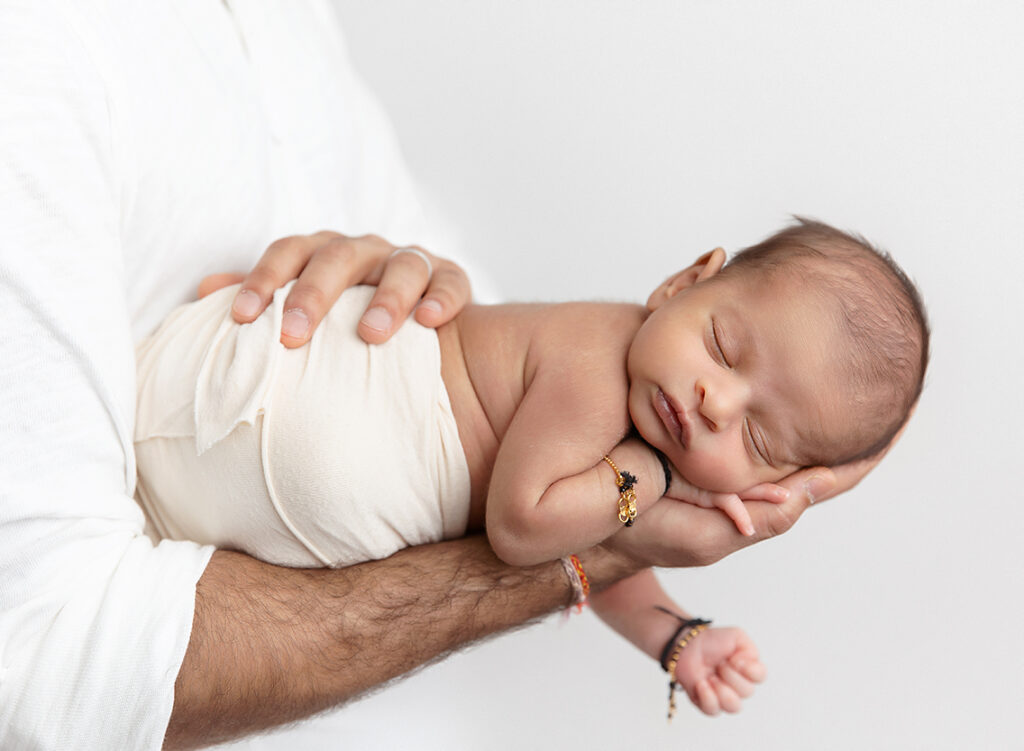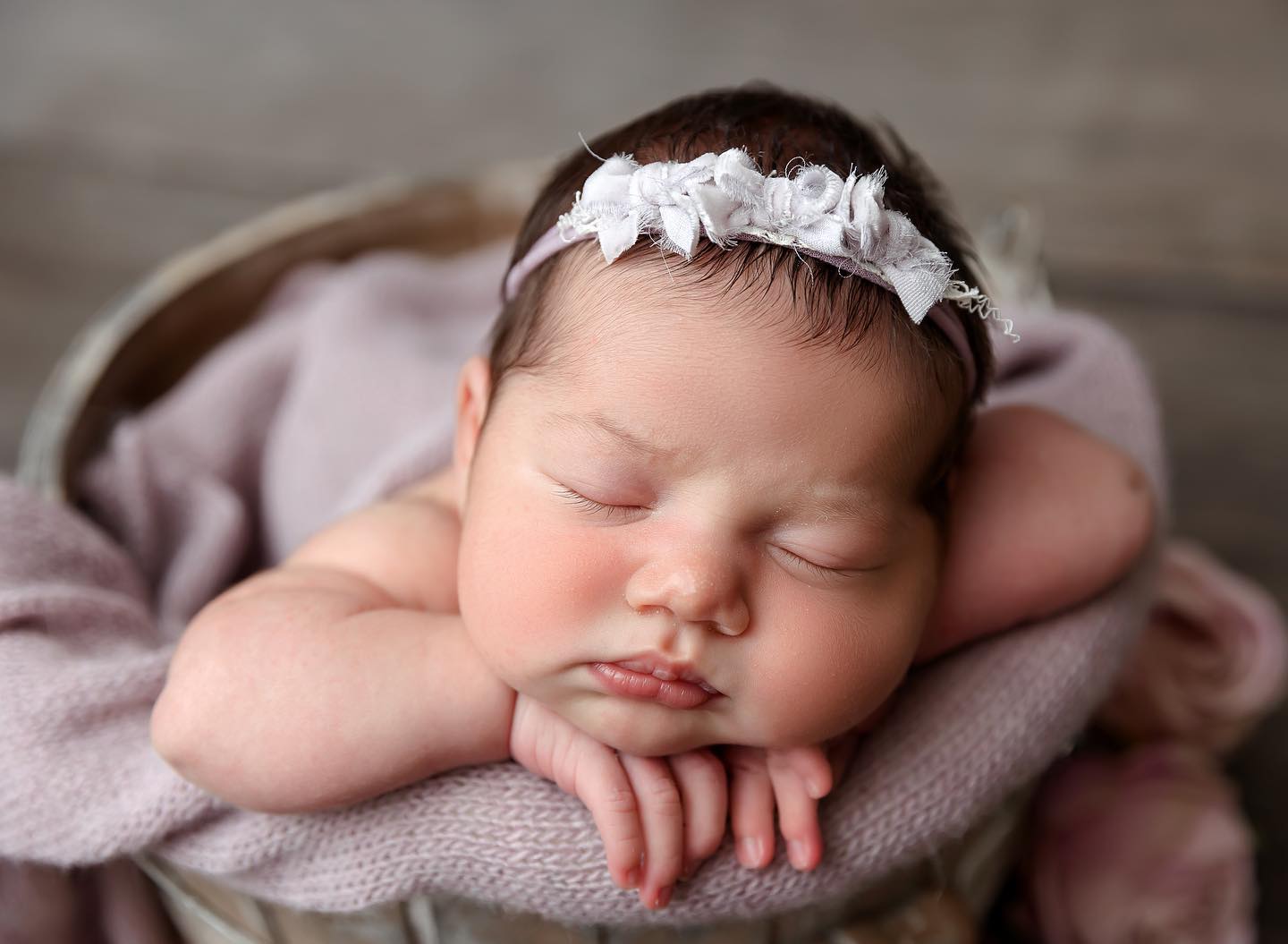Understanding New Baby Sleep Patterns

Baby Sleep Patterns by stage
Hey there! I hope you’re doing well. I just wanted to let you know that getting enough sleep is super important for your baby’s growth and development. That said, I know it can be tough to figure out new baby sleep patterns. Don’t worry though, I’m here to help! In this post, we’ll go over the typical sleep patterns for babies at each age. I hope you find it helpful!
Newborns (0-3 months)
During the first few weeks of life, newborns are avid sleepers. Despite their lengthy naps, they tend to wake up frequently to feed as their stomachs are small and require frequent refueling. Getting enough sleep is really important for their growth and development, especially for their brain. In fact, newborns have a different sleep cycle than adults. They spend more time in active sleep, also known as REM (Rapid Eye Movement) sleep, which is crucial for their brain development. During REM sleep, the brain is highly active and dreams occur. This is why newborns sometimes twitch or move their eyes while asleep.
Newborns may also have shorter sleep cycles, ranging from 30 to 50 minutes. This means they may wake up more frequently than adults do during the night, but they usually go back to sleep quickly. All these factors play into the newborn’s sleep patterns, which require special attention and care from parents and
Infants (4-11 months)
As babies grow, their sleep patterns will change. Infants typically sleep for 12-15 hours a day, including naps. They may sleep for longer stretches at night, but they may also wake up for feedings. Establishing a consistent sleep routine during this stage is important to help your baby develop healthy sleeping habits.
Toddlers (1-3 years)
Toddlers typically need 11-14 hours of sleep each day, including naps. They may start to drop their morning nap and transition to one afternoon nap during this stage. Establishing a consistent bedtime routine is still important to help your toddler get the sleep they need.
Remember that every baby is different, and what works for one may not work for another. Be patient and consistent in establishing a sleep routine for your little one; they will eventually develop healthy sleeping habits.

Creating a Sleep-Friendly Environment
Creating a sleep-friendly environment is crucial to help your baby get the sleep they need. When designing the room, consider using calming colors that promote relaxation and peace, such as soft blues or greens. Make sure the room is dark, quiet, and cool, as this will help your baby fall asleep faster and stay asleep for longer periods of time. If you live in a noisy area, you may want to consider using a white noise machine to block out any outside noise that could disrupt your baby’s sleep. I use a Baby Shusher in the studio and it works great!
Establishing a consistent bedtime routine is also essential. This routine should include a relaxing bath, a story, and a lullaby. This will signal to your baby that it’s time to sleep and help them feel calm and secure. If your baby is still having trouble falling asleep, you may want to consider incorporating other sleep-inducing techniques, such as swaddling or massage. A product I use in my sessions is the Munchkin Lulla-Vibe babies love the vibration and drift right off to sleep! Remember, a well-rested baby is a happy baby, so it’s important to create a sleep-friendly environment and establish a consistent bedtime routine to help your little one get the rest they need.

I hope this helps! Understanding baby sleep patterns can be a real game-changer when it comes to sleep routines that work for both you and your little one. Remember that every baby is different, and what works for one may not work for another. But don’t worry! With patience and consistency, your baby will eventually develop healthy sleeping habits. You got this!
If you’re in the Waco Texas area I would love the opportunity to photograph your new baby! You can contact me here for more information!
Link to Munchkin Lulla-Vibe – Amazon Link to Baby Shusher – Amazon



